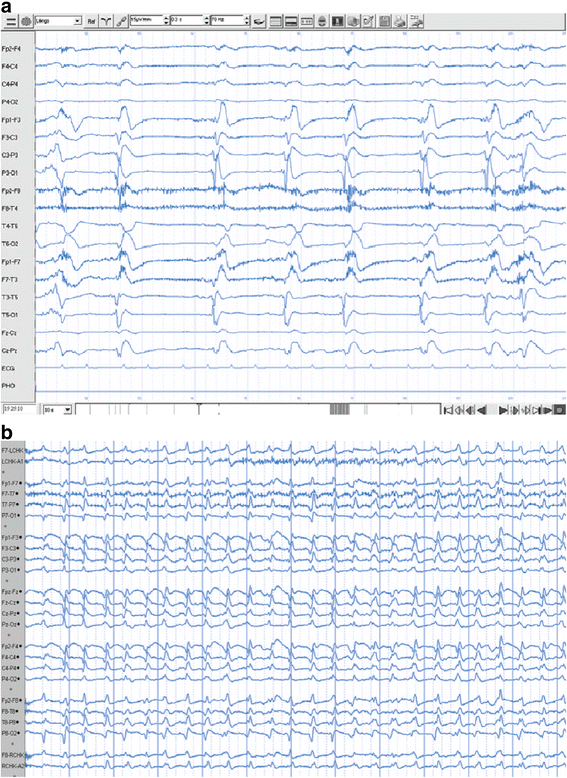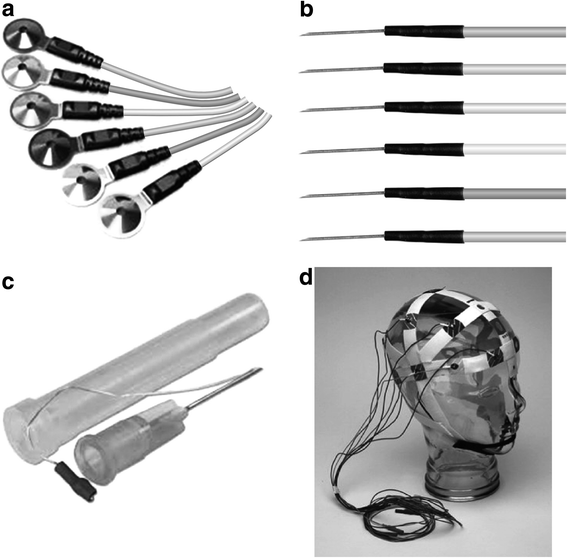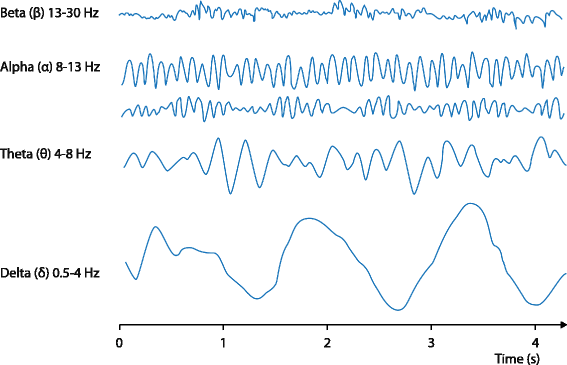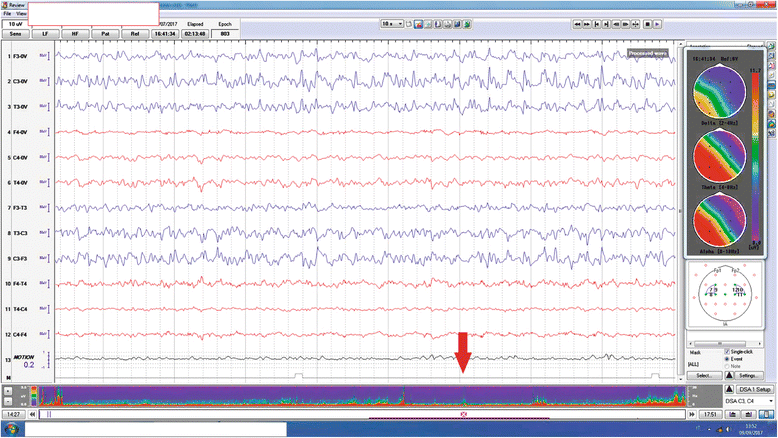Continuous Electroencephalography Monitoring in Adults in the Intensive Care Unit
- PMID: 29558981
- PMCID: PMC5861647
- DOI: 10.1186/s13054-018-1997-x
Continuous Electroencephalography Monitoring in Adults in the Intensive Care Unit
Abstract
This article is one of ten reviews selected from the Annual Update in Intensive Care and Emergency Medicine 2018. Other selected articles can be found online at https://www.biomedcentral.com/collections/annualupdate2018 . Further information about the Annual Update in Intensive Care and Emergency Medicine is available from http://www.springer.com/series/8901 .
Conflict of interest statement
Ethics approval and consent to participate
Not applicable
Consent for publication
Not applicable
Competing interests
The authors declare that they have no competing interests.
Publisher’s Note
Springer Nature remains neutral with regard to jurisdictional claims in published maps and institutional affiliations.
Figures





References
-
- Nuwer MR. EEG and evoked potentials: monitoring cerebral function in the neurosurgical ICU. In: Martin NA, editor. Neurosurgical Intensive Care. Philadelphia: W.B. Saunders; 1994. pp. 647–659. - PubMed
Publication types
MeSH terms
LinkOut - more resources
Full Text Sources
Other Literature Sources

